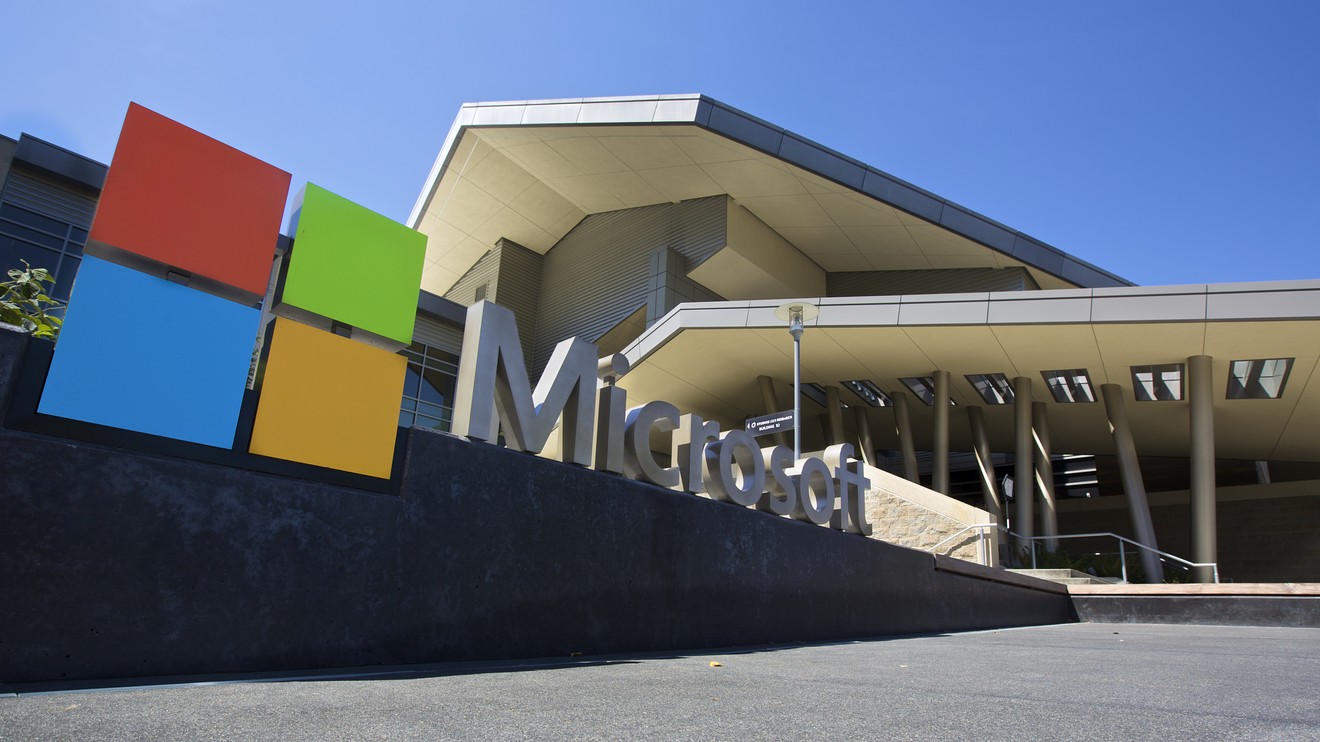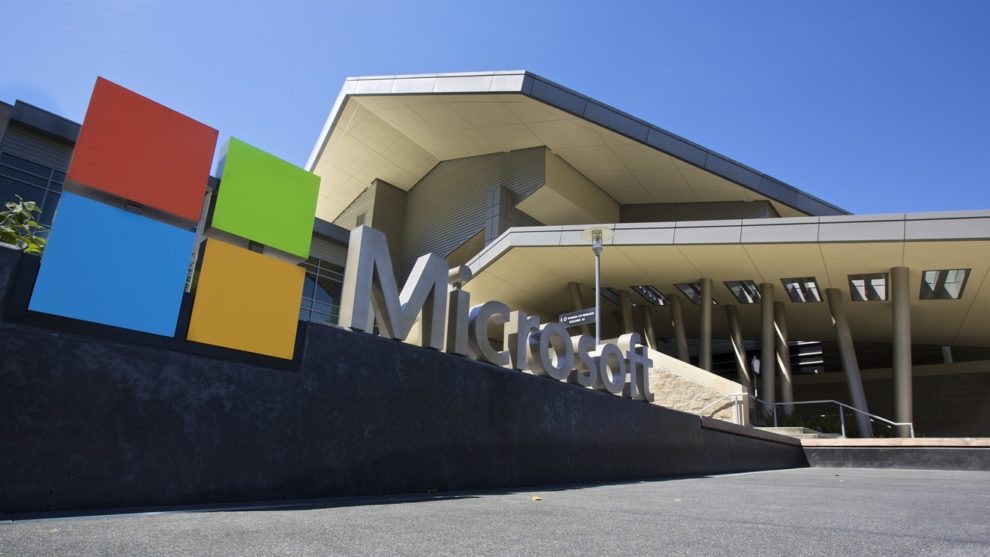
When Microsoft Corp. stopped supporting its Windows XP operating system, the rush to replace aging machines that relied on the older software led to a huge boost to the company’s earnings.
For that reason, investors have likely been looking forward to the end of Windows 7 — which arrives in January — for years, as it was the next successful version of the operating system, with the much-panned Vista arriving in between XP and Windows 7. Even as Windows 10 was making its debut, analysts were looking forward to a Microsoft windfall upon the death of Windows 7.
While it does seem that a refresh is taking place ahead of the official end of support for Windows 7, though, it appears more steady and spread out than previous cycles. IDC and Gartner have noted strong PC sales this year as businesses prepare for life without Windows 7, and analysts are suggesting that the windfall will be spread over multiple quarters or even years.
“Many investors have been calling for a significant fall-off in OEM revenue for many years now, but we would remind investors that this line item has grown anywhere from 5% to 8% over the past three fiscal years, with quite robust growth in the past two quarters. We believe that the main driver of growth here has stemmed from end-of-life Win 2007 support,” Instinet analysts wrote in a recent note, while suggesting that Microsoft’s move toward long-term contracts instead of bulk hardware sales is the reason for the change.
“We expect upside from migration to Win 10 to continue for several quarters, and industry conversations suggest more multi-year contracts to come,” they wrote in previewing Microsoft’s MSFT, +0.74% fiscal first-quarter earnings, which are expected to be released Wednesday afternoon.
Opinion: Microsoft is killing it in all businesses except for one
Windows 7 was also not a huge hit immediately upon release, after the failure of Vista and amid the emergence of Apple Inc. AAPL, +1.73% as a stronger competitor. Windows 10 was offered as a free upgrade to some users of earlier operating-system versions, however, which meant a stronger early transition to the newer software.
“Compared to the Windows XP end of support, management is expecting a more muted impact from Windows 7 end of support given the faster initial Win10 upgrade cycle,” Morgan Stanley analysts, who have an overweight rating on the stock and call it their “top pick” in software, noted last week.
While the windfall from Windows 7’s death won’t be as large in concentration as Windows XP, that also means that there won’t be as much of a drop-off in future quarters. Morgan Stanley estimates that OEM growth in Microsoft’s traditional PC segment — known as “More Personal Computing” — will be about 5% in the back half of 2020.
“This dip is considerably less than what we saw after the Windows XP end of support, but the growth that we have been seeing leading up to that date has not been as extreme either,” they wrote.
What to expect
Earnings: Analysts on average expect Microsoft to report earnings of $1.24 a share, according to FactSet, up from $1.14 a share in the fiscal first quarter a year ago. Estimize, a software platform that uses crowdsourcing from hedge-fund executives, brokerages, buy-side analysts and others, calls for earnings of $1.31 a share.
Revenue: Microsoft is expected to report revenue of $32.15 billion, according to a FactSet survey of 32 analysts covering Microsoft, up from $29.08 billion a year ago. Estimize contributors on average expect $32.62 billion.
Microsoft’s “Productivity and Business Processes” segment, which is mostly cloud software such as Office as well as LinkedIn, is expected to contribute $10.88 billion; “Intelligent Cloud,” which houses Azure as well as server sales and some other businesses, is expected to report revenue of $10.42 billion; and the More Personal Computing group is projected to collect sales of $10.9 billion.
Stock movement: Microsoft stock has gained 36.3% so far in 2019 and 1.3% in the past quarter through Monday, as the S&P 500 index has gained 19.9% and 0.5% respectively, giving Microsoft a market capitalization of $1.065 trillion.
What analysts are saying
Analysts continue to be impressed with Microsoft’s performance, though perhaps a bit bored by the metronome-like qualities of the company’s continued success. That was acutely summed up by the one-word title of BMO Capital Markets analyst Keith Bachman’s earnings preview note: “Steady.”
The themes did appear similar to expectations over the past couple of years from Redmond, Wash., with calls for more and larger Azure cloud-computing deals, continued success for LinkedIn, and optimism among employees and others in the Microsoft ecosystem.
In a quarterly survey of Microsoft partners, JP Morgan analysts wrote that a contact thinks Microsoft signed an Azure deal “with a large American Media & Entertainment company” that was “similar in size” to the record cloud contract with AT&T Inc. Beyond that nugget, the analysts reported that partner was more optimistic about Microsoft’s future than they had previously tracked.
“Partners’ opinion on whether Microsoft is ‘Gaining Momentum/Showing Better Technology Vision’ or not came it an at all-time high by a significant amount,” wrote analysts that have an overweight rating and $169 price target on Microsoft stock. “Notably, not a single partner sees Microsoft losing momentum or degrading in vision.”
See also: Why Microsoft is suddenly the most valuable company in Big Tech
Cowen analysts, who have an outperform rating and $155 price target, concurred on the chance for larger contracts in the near future.
“Based on our checks, overall spending on Public Cloud remains strong, while Azure continues to gain share and has shown no signs of slowing down. Furthermore, we believe the pipeline of multimillion-dollar commercial cloud agreements continues to build, with many expected to close by 2019 calendar year-end (MSFT’s F2Q20), which could drive upside to current Street expectations for F2Q20.”
Instinet analysts explained that Microsoft’s focus on larger companies instead of startups is likely what will help the company continue to grow its cloud business even if startups run into trouble amid a perceived slowdown in the market for initial public offerings.
“In the event of a slowdown in spending in the startup world, we see Microsoft as the most insulated of cloud providers given the bulk of their customer base is large enterprise and could potentially see acceleration in workload migration as agility and cost reductions become a priority,” they wrote, while maintaining a buy rating and $161 price target.
The one concern seemed to be if Microsoft’s stock could continue its meteoric rise, even if financial performance continues to improve. Stifel analysts wrote that they “expect near-term stock gains to be more incremental given the sheer size of the company,” and Evercore analysts suggested that “investors may need to take a long-term view on Microsoft as a lot of good news is baked in at current levels.” Stifel has a buy rating and $155 price target on the stock, while Evercore calls it an outperform with a $160 target.
No analysts consider Microsoft the equivalent of a sell, according to FactSet, with 30 calling it the equivalent of a buy and two calling the stock a hold. The average price target as of Monday afternoon was $158.54, 14.5% higher than Microsoft’s closing price.











Add Comment